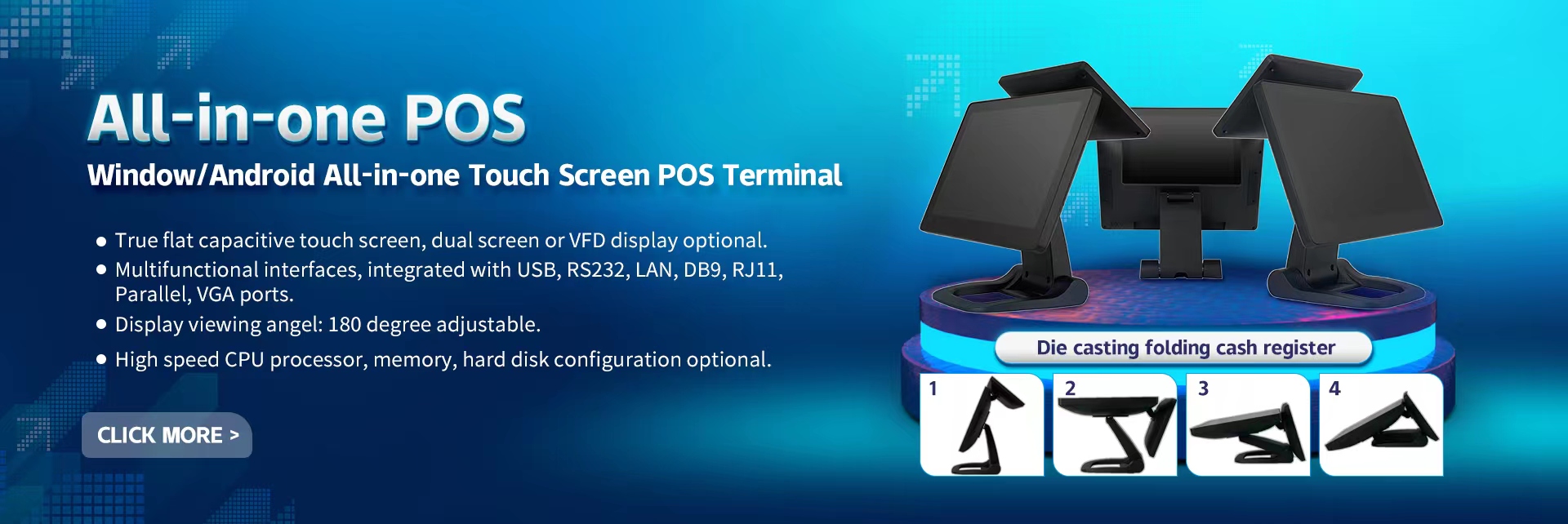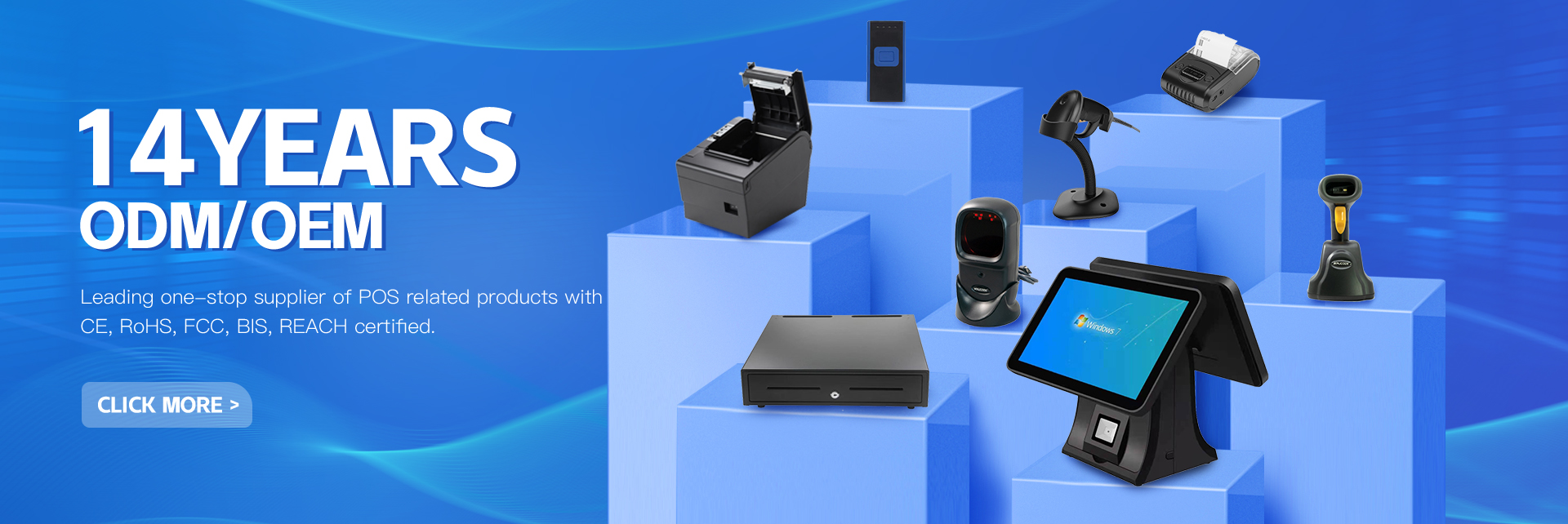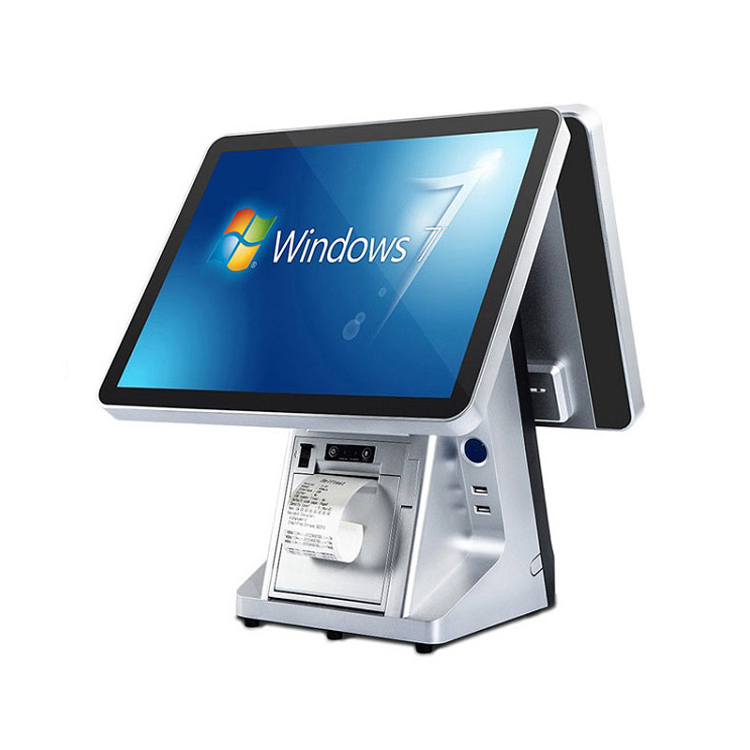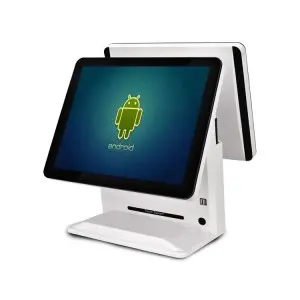As a business owner, you always have two questions on your mind - how can you increase sales and reduce costs?
1.What is POS?
The point of sale is the place in your shop where customers pay for their purchases.A POS system is a solution that helps with transactions at the point of sale.
It consists of hardware and software to help with billing and collections. POS Hardware can include physical terminals, printers, scanners, computers and similar such devices to operate the software.
Point of sale software helps you to track and organise the information generated as a result of these transactions.
2. How can POS increase retail sales?
2.1 Application of POS in various segments
As an indispensable tool in the retail industry, POS plays an important role in various aspects. Here are the applications of POS in sales, inventory and customer information management.
1. Sales Management:
POS can record sales data accurately in real time, including product name, quantity and price. With POS, sales staff can easily complete operations such as cashiering, checkout and refunds, which greatly improves sales efficiency and reduces human errors. In addition, the POS can generate detailed sales reports and statistics to help retailers understand the sales status, popular products and sales trends, so that they can make more informed business decisions.
2. Inventory Management:
The seamless connection between POS and inventory management systems makes the buying and selling of goods more efficient. When a product is sold, the POS automatically subtracts the corresponding quantity from the inventory, avoiding expiration or off-sale of the product, and the POS can also be set up with an inventory warning function to remind retailers to replenish their stock in a timely manner to avoid missing sales opportunities due to out-of-stock. With real-time accurate inventory data, retailers can have a better grasp of the inventory situation and avoid losses due to inventory backlogs or out-of-stocks.
3. Customer information management:
POS machines are able to collect basic customer information and purchase records, such as name, contact information, and purchase history. By establishing a customer database, retailers can get a real-time understanding of customers' purchasing preferences, consumption habits and other information, so as to better carry out precision marketing and customer management.POS machines can also be combined with a membership system to provide customers with benefits such as discounts and bonus points, increasing customer stickiness and loyalty and further increasing retail sales.
2.2 The role of POS in improving retail efficiency
The application of POS in the retail industry has greatly improved retail efficiency, and the following are the roles of POS in improving retail efficiency.
1. fast checkout:
The presence of POS makes checkout quick and easy, eliminating the need to manually enter prices and quantities of goods and simply scanning the barcode of the goods to complete the checkout. This not only reduces human error, but also saves time, speeds up checkout and improves the customer's shopping experience.
2. Automated inventory management:
The connection between the POS and the inventory management system automates the inventory management process. The system automatically updates inventory quantities based on sales data, alerting operations such as replenishment and returns. There is no need to manually count inventory, saving time and labour costs, while avoiding errors caused by human negligence.
3. Refined report analysis:
The ability of the POS to generate detailed sales reports and statistics provides retailers with a better data analysis tool. By analysing the sales data, retailers can understand the sales status of individual products, popular time slots and locations, etc. Based on the data, they can make further decisions to optimise different aspects and improve revenue and profitability.
2.3 Profits and gains from POS machines
The use of POS machines not only improves retail efficiency, but also brings real profits and gains.
1. Reduce errors and losses:
The automated features of POS machines reduce the possibility of human errors, such as incorrect entry of item prices and incorrect change. Reducing such errors can effectively reduce the incidence of refunds and disputes, thus helping retailers to reduce losses and costs. Additionally, POS can provide timely alerts of stock shortages to avoid merchandise going off-sale, further reducing the risk of loss.
2. Refined marketing and customer management:
With the customer information and purchase records collected by POS, retailers can conduct personalised and precise marketing. By sending customised promotional messages and coupons, customers are attracted to revisit the shop and repeat purchase rates are increased. In addition, by establishing a membership system, retailers can access more high-quality customer data to further enhance customer satisfaction and boost sales growth.
3. Data analysis and decision support:
Sales reports and statistics generated by the POS provide retailers with detailed data information that can be used for business analysis and decision support.
If you have any interest or query during the selection or use of any barcode scanner, please Click the link below send your inquiry to our official mail (admin@minj.cn) directly! MINJCODE is committed to the research and development of barcode scanner technology and application equipment, our company has 14 years of industry experience in the professional fields, and has been highly recognized by the majority of customers!
3. Selection and use of POS machine
3.1 There are several key factors to consider when selecting a POS:
Business needs;Ease of use;Reliability;Cost
3.2 Configuration and usage of POS machines
1. Install hardware: including connecting printer, scanner, cash drawer and other equipment.
2. Install software: install POS software according to the supplier's instruction and make necessary settings.
3. Input product information: Input product name, price, inventory and other information into the POS system.
4 Train employees: Familiarise employees with the operating procedures of the POS, including how to make sales, returns, exchanges and other operations.
5.Maintenance and update: Regularly check the operation status of the POS machine, and carry out software update and hardware maintenance in a timely manner.
If you are interested in point-of-sale terminals, we suggest you get more related information. You can contact vendors to learn about the different types of POS and their functional features so that you can make the right choice for your business needs. Similarly, you can also learn more about the use cases of POS and how it has been successfully applied in the retail industry to enhance business growth and efficiency.
Phone: +86 07523251993
E-mail: admin@minj.cn
Official website: https://www.minjcode.com/
If You Are in Business, You May Like
Recommend Reading
Post time: Nov-14-2023






